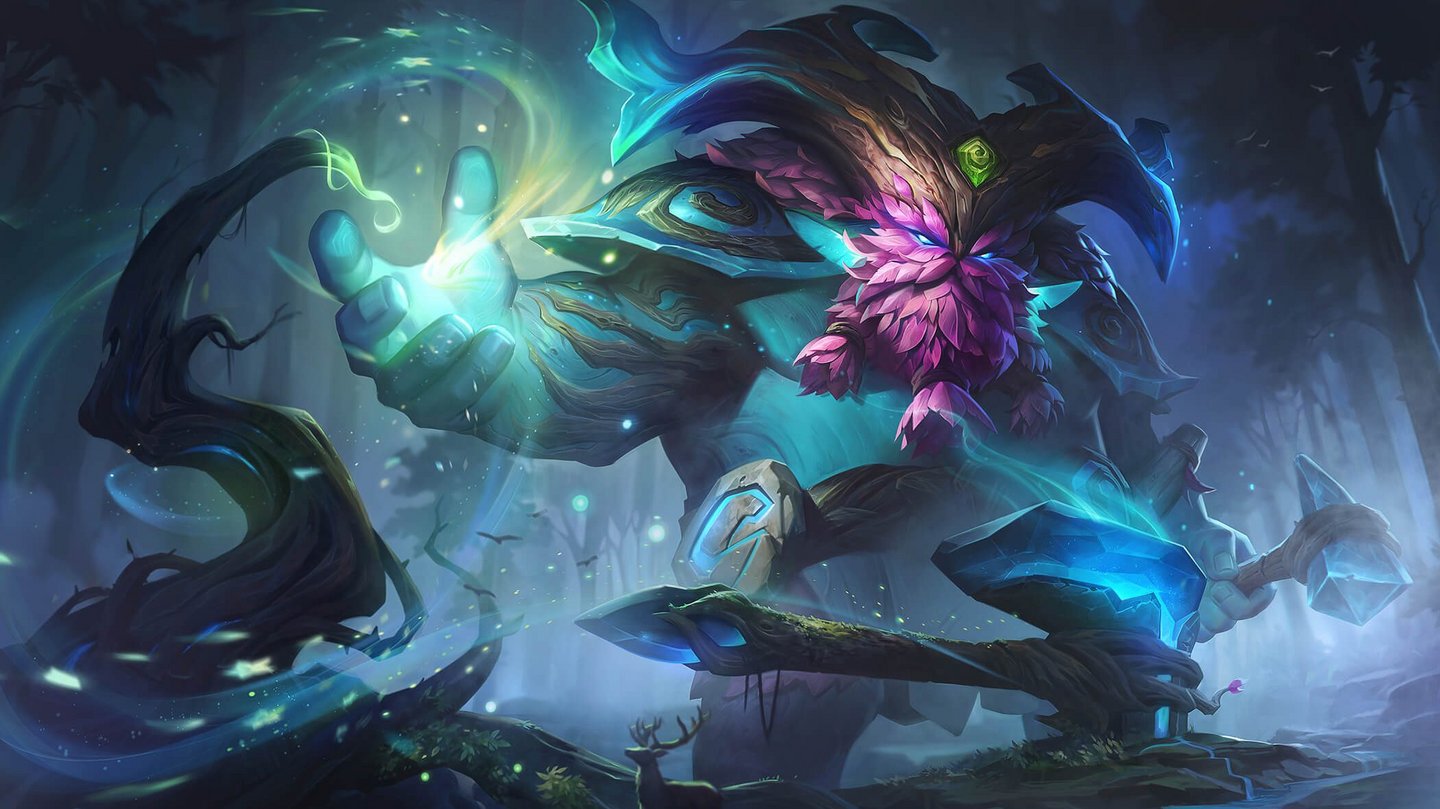League of Legends, often abbreviated as LOL, is a multiplayer online battle arena (MOBA) video game developed and published by Riot Games. Since its release in 2009, it has become one of the most popular esports titles worldwide, captivating millions of players and spectators alike. The game combines strategic gameplay, team coordination, and fast-paced action that challenges players to use their skills and wits to outmaneuver opponents. In this blog post, we will delve deep into the various aspects that make League of Legends a beloved phenomenon, from its gameplay mechanics to its competitive scene and community involvement.
The Gameplay Mechanics of League of Legends
The foundation of League of Legends lies within its structured yet dynamic gameplay mechanics. These elements are what draw players into the game and keep them coming back for more intense matches. Understanding how these components work together is essential for both new and seasoned players.
The Map: Summoner’s Rift
At the heart of League of Legends is the primary map known as Summoner’s Rift. This intricate play area features three lanes—top, middle, and bottom—each lined with turrets, inhibitors, and a nexus.
The top lane serves as a battleground for champions who thrive in isolated, dueling situations. Typically occupied by tank or bruiser champions, it allows for extended one-on-one encounters, with players gaining crucial experience and gold to progress.
The mid-lane is regarded as the most influential position on the map. Mid-laners usually play mage or assassin champions, capable of dealing massive damage and controlling the pace of the RR88 game.
Bottom lane, typically reserved for a duo consisting of an attack damage carry (ADC) and a support champion, focuses heavily on teamwork and synergy. Here, players must coordinate effectively to secure objectives while maintaining vision control.
Beyond the lanes, the jungle area contains neutral monsters that grant buffs and assist in strategy. Jungle champions roam between lanes, applying pressure and creating advantages through ganks. The decisions made in the jungle can dictate the outcome of the game.
Champions and Roles
Every match in League of Legends features unique champions, each with distinct abilities, strengths, and roles. Players choose their champions based on personal skill and team composition.
There are five primary roles in League of Legends:
- Top Lane: Champions here are often tanks or bruisers who absorb damage and initiate fights.
- Mid Lane: Mid-laners are primarily mages or assassins, dealing high damage and controlling the game’s tempo.
- Bot Lane (ADC): The ADC focuses on dealing damage and scaling throughout the game, supported by a dedicated support partner.
- Support: Support champions protect and empower their teammates, providing vision and sustain during skirmishes.
- Jungle: Junglers navigate the jungle, securing objectives and assisting lanes through timely ganks.
Understanding each role’s responsibilities is crucial to building strong team dynamics and ensuring success in matches.
Objectives and Strategy
Objectives are critical in League of Legends, deeply influencing the game’s flow. Players must prioritize destroying enemy structures, such as turrets and inhibitors, while also contesting powerful neutral objectives like dragons and Baron Nashor.
Turrets serve as defensive measures, providing protection to each team’s base. Destroying enemy turrets grants global gold and opens up opportunities to advance into the opposing team’s territory.
Dragons provide beneficial buffs to the team that secures them, ranging from increased damage to enhanced healing. Positioning and timing around dragon spawns can be pivotal to dominating fights.
Baron Nashor significantly impacts the game by empowering nearby minions, making it easier to push lanes and secure victories. Teams often strategize around these objectives, creating moments of tension and excitement where fights can turn the tide of battle.
